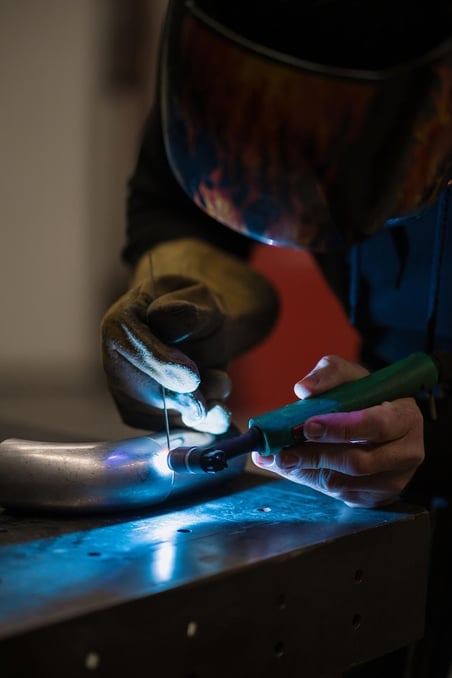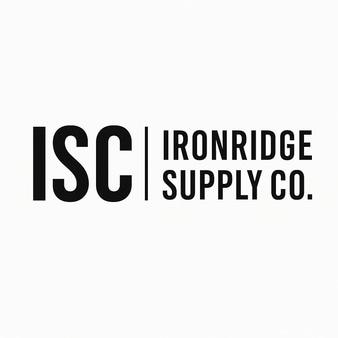MIG vs. TIG vs. Stick Welding: Which Method Is Right for Your Shop?
WELDING SUPPLIES


Break down the key differences between MIG, TIG, and Stick welding. Discuss use cases, material compatibility, skill levels, and required consumables. Ideal for procurement teams choosing equipment or shops training new welders.
MIG Welding (Gas Metal Arc Welding - GMAW)
How It Works:
MIG welding uses a continuously fed wire electrode and a shielding gas to weld metals. It's semi-automatic, making it fast and easy to learn.
Best For:
High-speed production environments
Welding thinner materials (e.g., mild steel, aluminum)
Automotive, fabrication shops, and maintenance tasks
Pros:
Faster weld speeds
Easy to learn
Clean welds with minimal post-weld cleanup
Suitable for long, continuous welds
Cons:
Not ideal for outdoor use due to wind-sensitive shielding gas
Less control for precise or artistic welds
Requires clean surfaces
Recommended Products:
ER70S-6 wire for mild steel
C25 shielding gas (75% argon / 25% CO₂)
MIG welding torch with consumables (nozzles, liners, tips)
TIG Welding (Gas Tungsten Arc Welding - GTAW)
How It Works:
TIG welding uses a non-consumable tungsten electrode and a separate filler rod, offering unmatched control and precision.
Best For:
Thin or specialty metals (stainless steel, titanium, aluminum)
Precision welding (e.g., aerospace, piping, artwork)
Cosmetic welds that need minimal finishing
Pros:
Clean, high-quality welds
Precise heat and arc control
No spatter
Cons:
Steeper learning curve
Slower than MIG or Stick
Not suitable for dirty or rusty materials
Recommended Products:
2% thoriated or lanthanated tungsten electrodes
Pure argon shielding gas
TIG rods (ER308L for stainless, ER4043 for aluminum)
Foot pedal or fingertip torch control
Stick Welding (Shielded Metal Arc Welding - SMAW)
How It Works:
Stick welding uses a flux-coated electrode that creates its own shielding gas when burned. It's simple, rugged, and doesn't require external gas.
Best For:
Outdoor, heavy-duty, or structural applications
Dirty, rusty, or painted metals
Construction, pipeline, farm and repair work
Pros:
Works well outdoors and in windy conditions
Good penetration and strength
Low equipment cost
Handles poor surface conditions
Cons:
More spatter and slag cleanup required
Harder to master neat, clean welds
Less efficient for thin metals
Recommended Products:
6010 for deep penetration
7018 for cleaner, stronger welds
AC/DC stick welder with appropriate clamps and leads
Final Thoughts
No single welding process is best for every job. MIG excels in speed and ease. TIG offers unmatched control and beauty. Stick welding shines in rough conditions and structural work.
For many shops, the ideal setup involves more than one method—each selected for the job at hand.
Need Help Choosing the Right Supplies?
At Ironridge Supply Co., we stock a full range of MIG, TIG, and Stick welding consumables, machines, and safety gear. Whether you're outfitting a large facility or restocking a mobile truck, we’ve got you covered.
📞 Call our welding support team
📥 Download our Welding Process Cheat Sheet [here]
